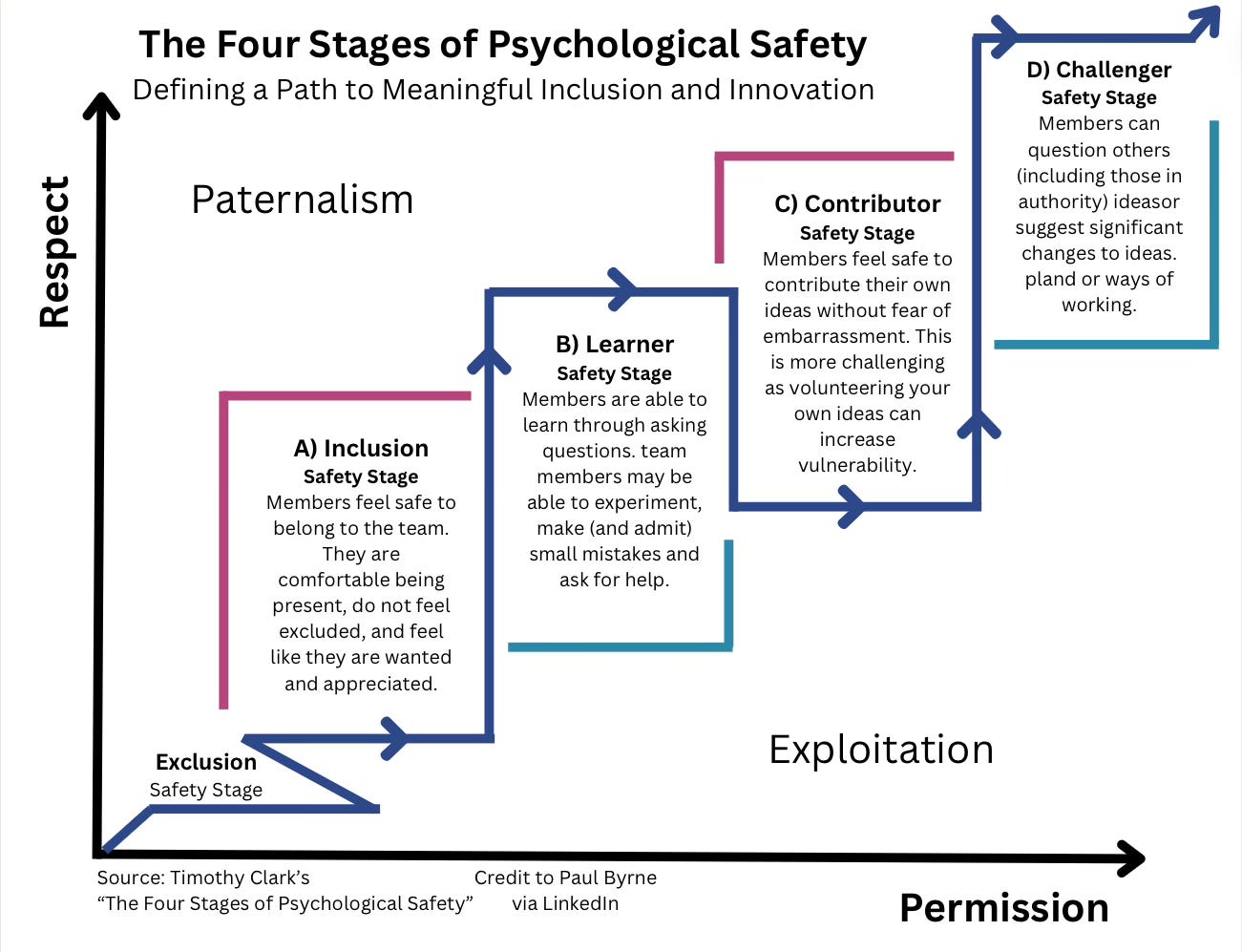*I’d like to thank the influences of both friends and colleagues Karen Kelm, Donna Thomson and Sara Pot for your wisdom in probing this topic. I’m forever grateful for your friendship and willingness to ask the tough questions in life.*
A quote from author Brené Brown recently popped back into my life. She expresses the idea that the opposite of belonging is fitting in. It got me thinking about the variety of ways that lived experience is invited into the room. So the question remains, “How do we define belonging in the context of patient and family engagement?”.
What makes up a strong sense of belonging? I would argue these five things:
Feeling Welcome: Into the organization or community and its processes and culture.
Feeling Known: Being understood, motivated by your mentorship, and celebrated as an individual.
Feeling Included: Feeling like part of the team, both valued and accepted.
Feeling Supported: Offered opportunities for skills to be grown or developed.
Feeling Connected: Relationships built beyond the tasks of a study and allowing a person opportunity to get to know their team members as people.
While these are outcomes of the efforts towards promoting a sense of belonging on a team, there are building blocks that offer opportunity to meet these goals.
Building Trust: When you build trust with your partner(s), you provide opportunity for them to be more engaged and comfortable with speaking up.
2. Building Community: Offering opportunities for team members to get to know each other as people and not just professionally, helps reduce a sense of power structures.
3. Building a Shared Vision: Offering opportunities for partner(s) to shape your strategy from the beginning means they have a clear understanding of the work ahead. If that’s not possible, at the very least offering partner(s) opportunity to engage with your complex information to begin with gives them a better understanding of whether or not they wish to say yes to joining your team. If you’re a community partner and have been asked to be a panelist at a conference or to share your story, you can ask how that information will be used. Will people have an opportunity to interact with what’s said, or is it just to make people feel good?
4.Building a Workplace Culture: One where people have opportunity to speak up if they’ve been left behind in the conversation allows them to catch up. This is probably the most frequent question I’m asked by patient and family partners. “Am I allowed to say anything when that happens?”. The answer is yes! Make space for those just learning the language of the work ahead.
5. Building Communication: Make space for feedback and be comfortable with receiving feedback. Don’t leave partners off emails. Consider offering them opportunity to chair a meeting. Be approachable. Remind people there are no silly questions, just vulnerable people seeking answers.
Promoting a sense of belonging on your team can feel daunting. That’s really part of being human though; we try, we learn, we make mistakes, we grow, we pivot. It’s worth planning for when you invite people with lived experience into the room and to your table. Share the space well.





